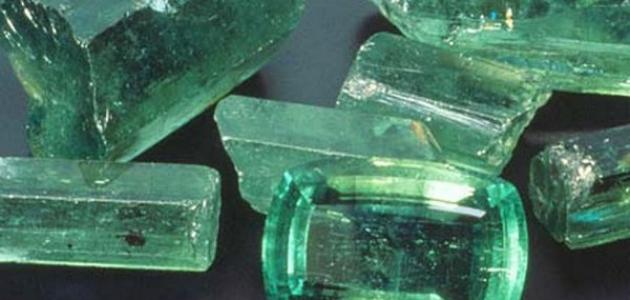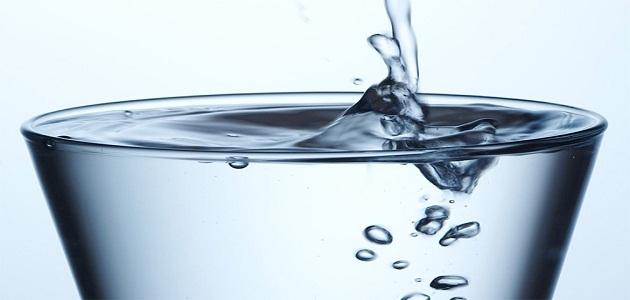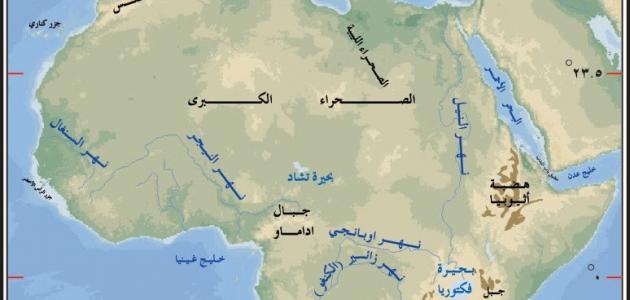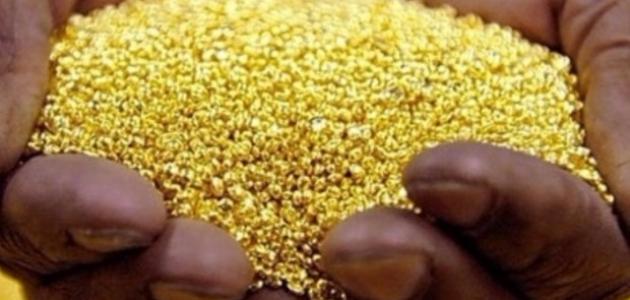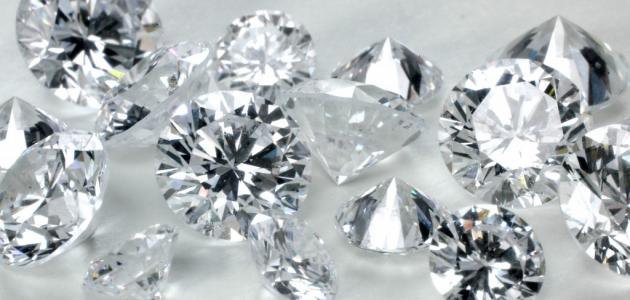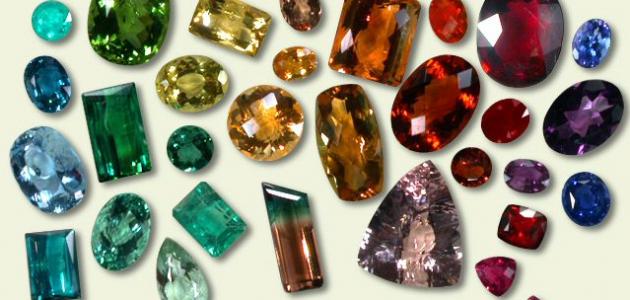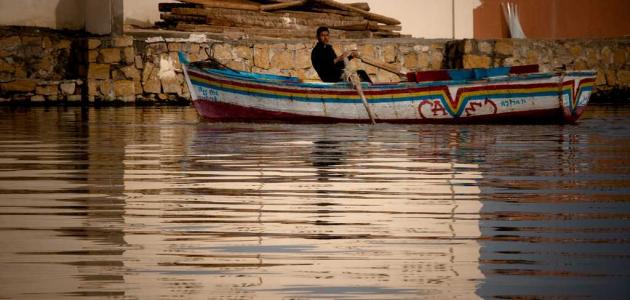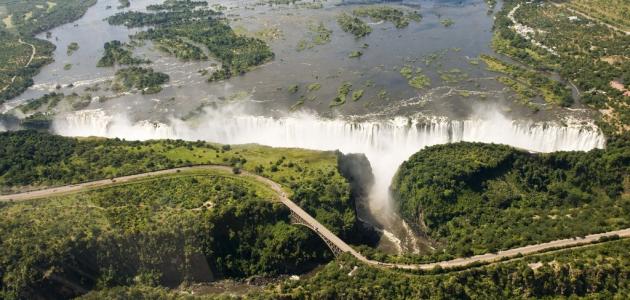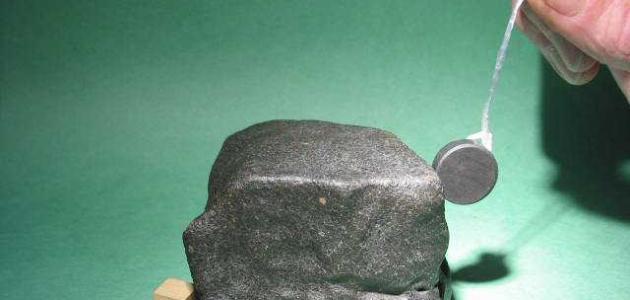Mineral formation
Some geological activities in the nature surrounding us lead to the formation of minerals that are either the result of volcanic activity, or the process of deposition or transformation of minerals, or other natural components, and they take on properties that are divided into three categories, which are: optical properties, cohesive properties, and other properties, and these give Properties of precious metals, such as diamonds, gold, and emeralds, which we will talk about in this article.
Minerals are defined as solid materials that were formed under the influence of natural factors and geological activities. They have a special crystalline structure and a specific chemical composition. Each type of mineral takes a specific chemical formula. Among the most important factors that help in the formation of minerals are igneous activities, deposition, and transformation.
Characteristics
- Color: It is either fixed or variable in color, and is either transparent or opaque, and has a metallic or non-metallic luster, and this luster is generally able to reflect the light rays that fall on it.
- Hardness: It is the degree of resistance that a metal shows to scratching.
- Cracking: This is the degree to which the metal responds to the property of dislocation when exposed to hammering. It is divided into clear dislocations and unclear dislocations.
- Fragmentation or separation.
- Shape of the fracture surface: It is one of the cohesive properties of the metal, and it is the shape of the metal’s surface when it is artificially fractured.
- Specific weight.
- Texture, taste, and smell.
Emerald Stone
Emerald derives its name from one of the Latin language terms, and all shades and derivatives of the green color fall under this name. The emerald intended here is a type of mineral that belongs to the “beryl” family and takes a chemical formula (Be3Al2(SiO3)6). The composition of the emerald metal goes back to a mixture Of the silicates of beryllium and aluminum, it is classified as a precious gemstone, and is mined for it in mines rich in hard rocks and marble. Emerald stones are considered rare stones, and their color is a dark transparent green. This color is taken from the amounts of chromium or iron that are present in it in very small quantities. .
Read also:water in natureits types
There are four types of emeralds:
- Flying emerald: It was given the name flyy because of its very green color, and it is not mixed with any impurities. It is similar to the color of spring flies, and is distinguished by its intense rays and good pigmentation.
- Basil Emerald: It is a color close to the color of basil.
- Emerald slug.
- Soap emerald: similar in color to soap, but has no value, as it is similar to emeralds, and is found in abundance in Hijaz.
confiscation
The Nubia Desert has been famous for the presence of emeralds in abundance since Pharaonic times. It was a source of it and supplied it to the kings of Persia and India. In our present time, it is extracted from India, Africa, Russia and Brazil. Colombian emeralds are considered one of the finest and most valuable types of emeralds. Due to its intense greenery, purity, and serenity.
Read also:Types of diamonds and their grades